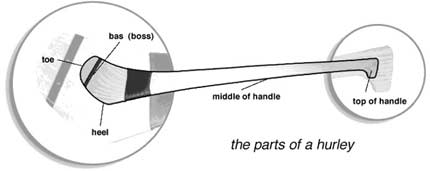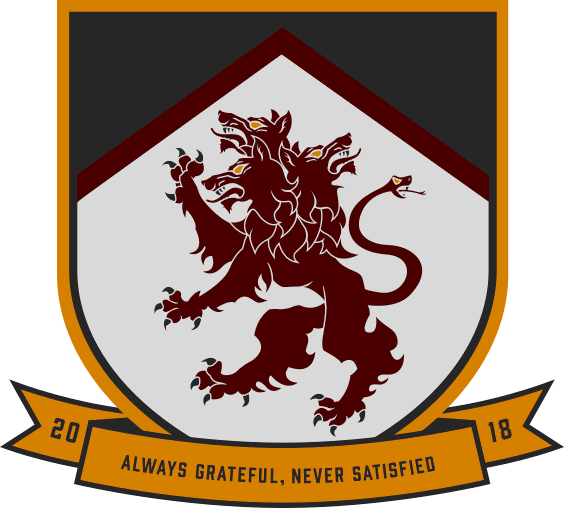“Some people say Hurling isn’t very important in the scheme of things. But to Hurling people, Hurling is the scheme of things.”
– Ger Loughnane, two-time All-Ireland winning Bainisteoir with Co. Clare
Hurling is mistaken all too often for chaos. The world’s fastest field sport is a beautiful and exhilarating exhibition of skill, creativity, and grit. Predating the recorded history of Ireland, its simple aim readily demonstrates those ancient roots: By most any means necessary, save picking up or throwing the ball, score.
Accomplishing such requires quick strikes, flowing passes, constant awareness, agile movement, individual skill, sophisticated teamwork, crunching hits, organized defense, high endurance, and a never-say-die attitude for 60 nonstop minutes. Hurling rules are restrictive, not permissive. This means outside of what is explicitly not allowed, everything is permitted. This fosters creativity, fun, and a more open game where exciting, crazy, and beautiful things are possible.
Played well, it is truly a spectacle of players wielding ash and controlling a cork and leather ball with technique and finesse. It is both creatively expressive and intense as any sport could be, while revealing the character of individuals and their community through the sheer determination and perseverance necessary to build success.
If that doesn’t paint the picture, perhaps this short video will help:
Hurling sticks (also referred to as “hurleys” or “caman” in Irish/as Gaeilge) are commonly made of European Ash, though composite versions have entered the field of play in recent years. The hurling stick’s anatomy visually demonstrates its function as a multi-use tool, demonstrated below:

The “toe” is the portion of the bas (“bahs”) used for lifting the sliotar off the ground. The area around the “heel” is used as the primary striking surface and is commonly referred to as the “sweet spot.” The “heel” itself can be used for striking the sliotar while it is on the ground.
